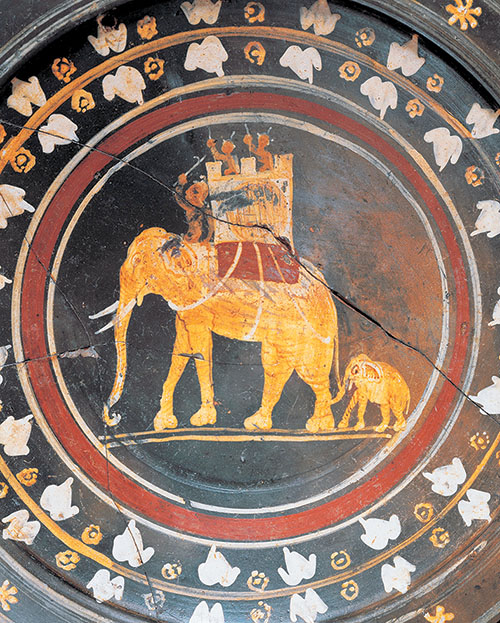 Q In ancient illustrations of war elephants in combat, the mahout (the handler that sits behind the animal’s head) does not appear to be armored. He must have been a very inviting target; why didn’t mahouts have armor?
Q In ancient illustrations of war elephants in combat, the mahout (the handler that sits behind the animal’s head) does not appear to be armored. He must have been a very inviting target; why didn’t mahouts have armor?
—via HistoryNet.com
A You ask your question in an era when armies make a consistent effort to fully equip their soldiers for their missions. Ancient armies did not necessarily share that mentality. While the use of war elephants was widespread from China to Carthage, generally speaking the mahouts, however valuable their skills, were contracted civilians, usually from countries where labor was not a scarce commodity and armor—and trained elephants—more expensive and more highly valued than human life. To put it bluntly, they were usually not issued armor and usually not paid enough to afford their own. The mahout was somewhat protected by the very bulk and height of his elephant—which in some armies was provided with the armor that its handler was denied. Other than that, he was on his own.
Jon Guttman, World History Group’s research director, is the author of many military histories.
Anything about military history you’ve always wanted to know? Submit your question to MHQeditor@weiderhistory.com, and we’ll ask an expert in the subject to answer it.

.jpg)



